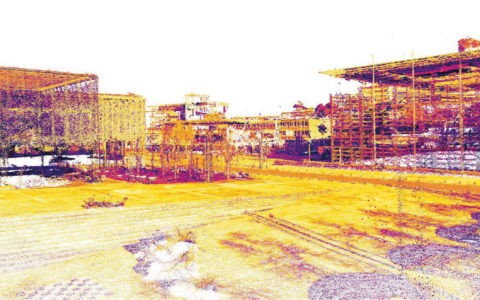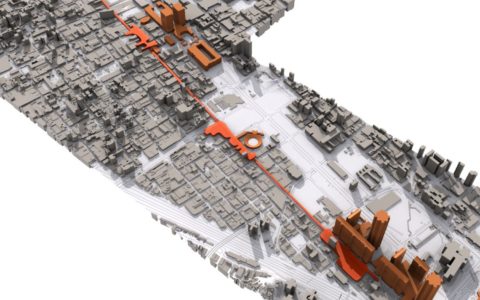Professor Hubert Klumpner has been a member of the chair for Architecture and Urban Design at the ETH Zurich since July, 2010. He lectures the course entitled Introduction to Urban Design, as well as teach upper-level studio design. The professor currently runs an interdisciplinary practice dedicated to high-level research and design on a variety of subjects regarding contemporary architecture and urbanism.
A note from the professor:
While the arrival at ETH marks an important beginning in my academic and professional life, it also represents a reinvigoration of my past research and work. In general, the work of my team concerns both theoretical and practical applications within architecture and urban planning. Operating in global contexts by creating bridges between ‘First World’ industry and ‘Third World’, informal urban areas, we focus on the education and development of a new generation of professionals, who will transform cities in the 21st century.
We begin students’ research by looking at architecture’s failure to define informal urbanism and its effects on the city. Both our current research and the trajectory of our work over the past decade aim at increasing understanding of the informal city from three perspectives: From a humanitarian standpoint, urban shantytowns are wracked with problems; not the least of which are poverty and a lack of support from professionals. From a theoretical standpoint, informality is a complex, non-linear system in which patterns intersect and mutate in unexpected ways. From a design standpoint, the “informal” can serve as a laboratory for the study of adaptation and innovation.
We propose an experimental research and teaching methodology that rethinks the former physical limitations of contemporary architecture and shifts the emphasis from form-driven to purpose-oriented social architecture. Such social architects eschew their conventional role in traditional hierarchies, and instead serve as an enabling connection between the opposing forces of top-down planning and bottom-up initiatives.









